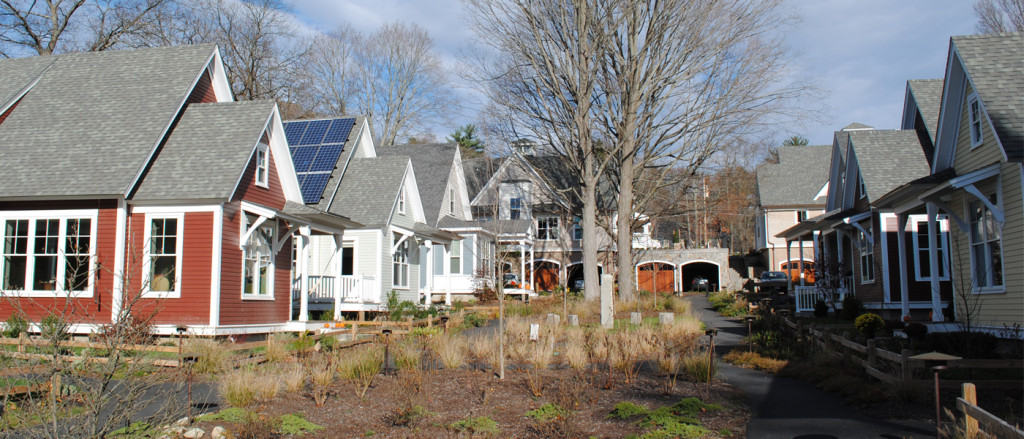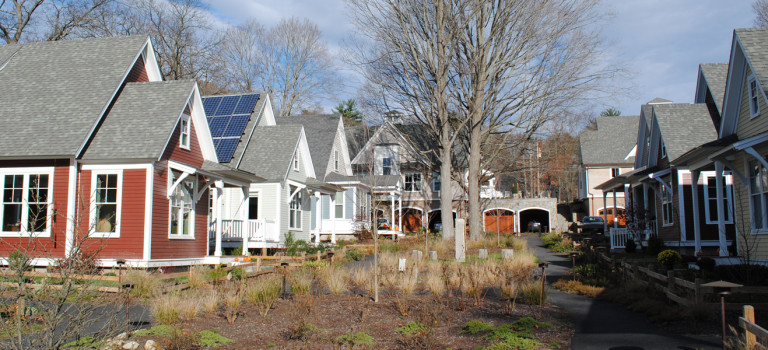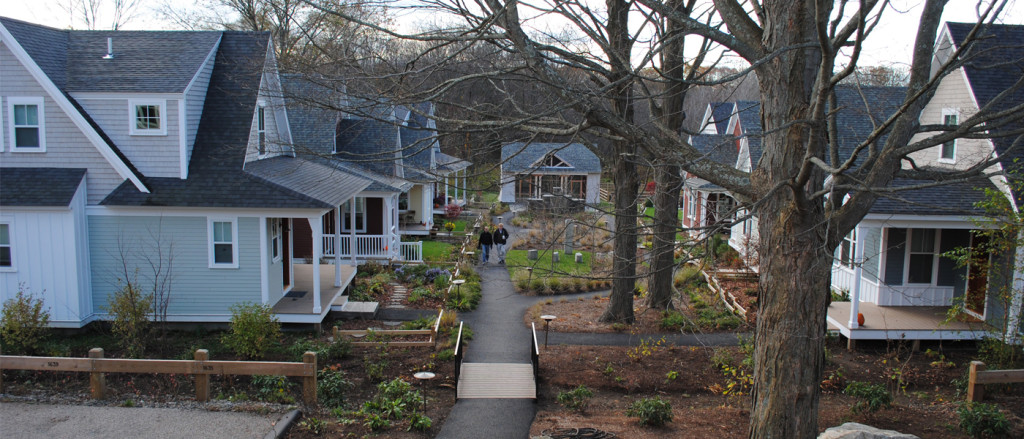 American Urbanism provides us many lessons on how to make great places. New development and buildings should recognize the local context and contribute to the living tradition of the neighborhood in which it is built. This is the new tradition.
American Urbanism provides us many lessons on how to make great places. New development and buildings should recognize the local context and contribute to the living tradition of the neighborhood in which it is built. This is the new tradition.
A Tradition is defined as a continuing pattern of culture beliefs or practices. This is the sharing or the handing down of a behavior or activity. Traditions are living practices, and each generation adds and builds on these traditions. The same is true in our cities.
American Urbanism is historically rich and includes patterns that we can all learn from. As practitioners, we are part of this living tradition where we continue these urban patterns, and continue to add and enrich these traditions.
Traditional urbanism and architecture is not prescriptive. The traditions found in our cities provides us descriptive lessons that we can continue to grow and develop.
Concord Riverwalk in West Concord, Massachusetts, is new project that encapsulates the new tradition. Concord River Walk is a Pocket Neighborhood which grew out of the work and research of Ross Chapin. This pattern of housing is not new to American Urbanism.
Pocket Neighborhoods became outlawed with the adoption of Euclidian Zoning and the mechanization of the home building industry. Through the research of traditional urban patterns, there has been a revival of this housing type.


